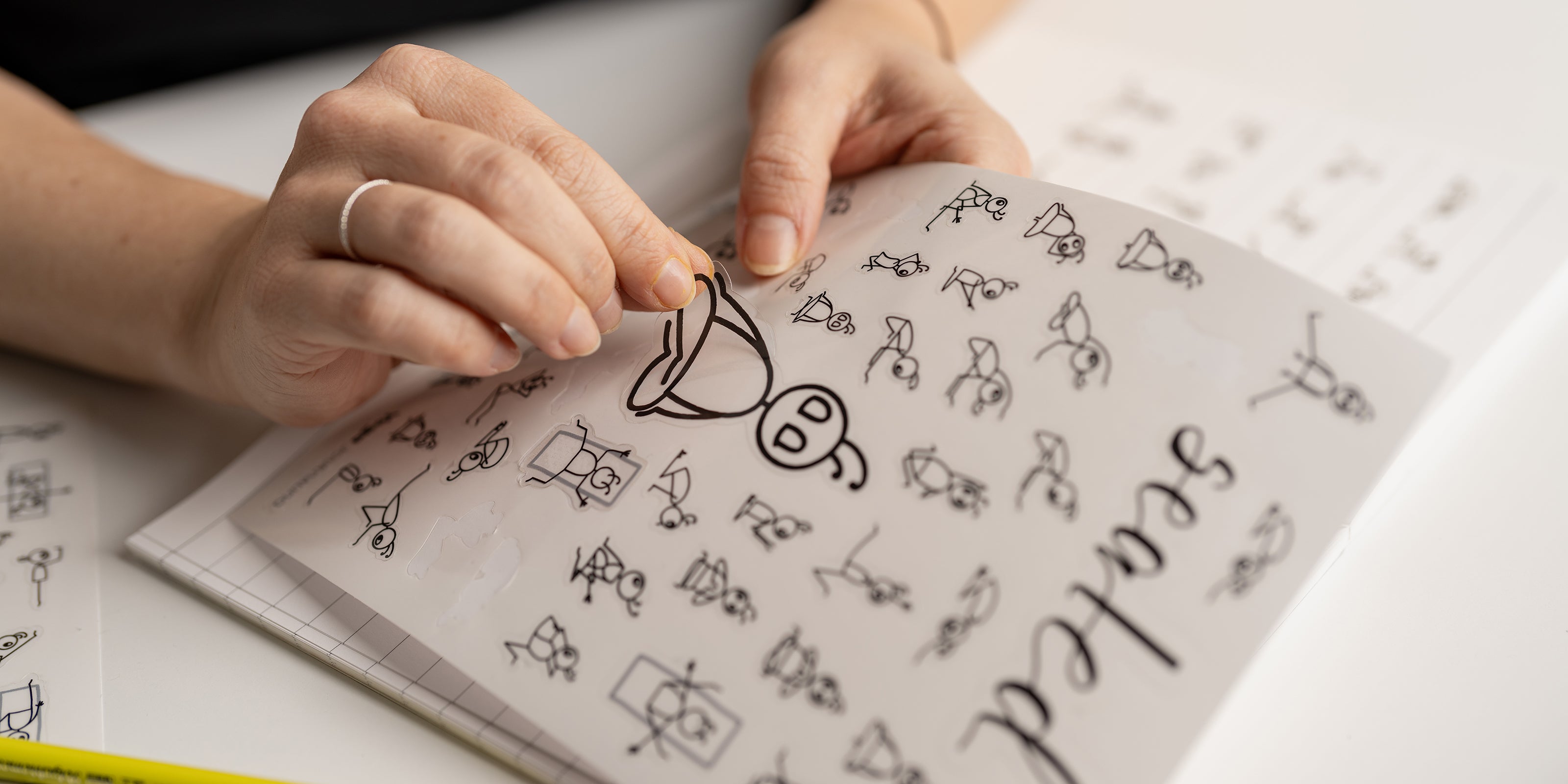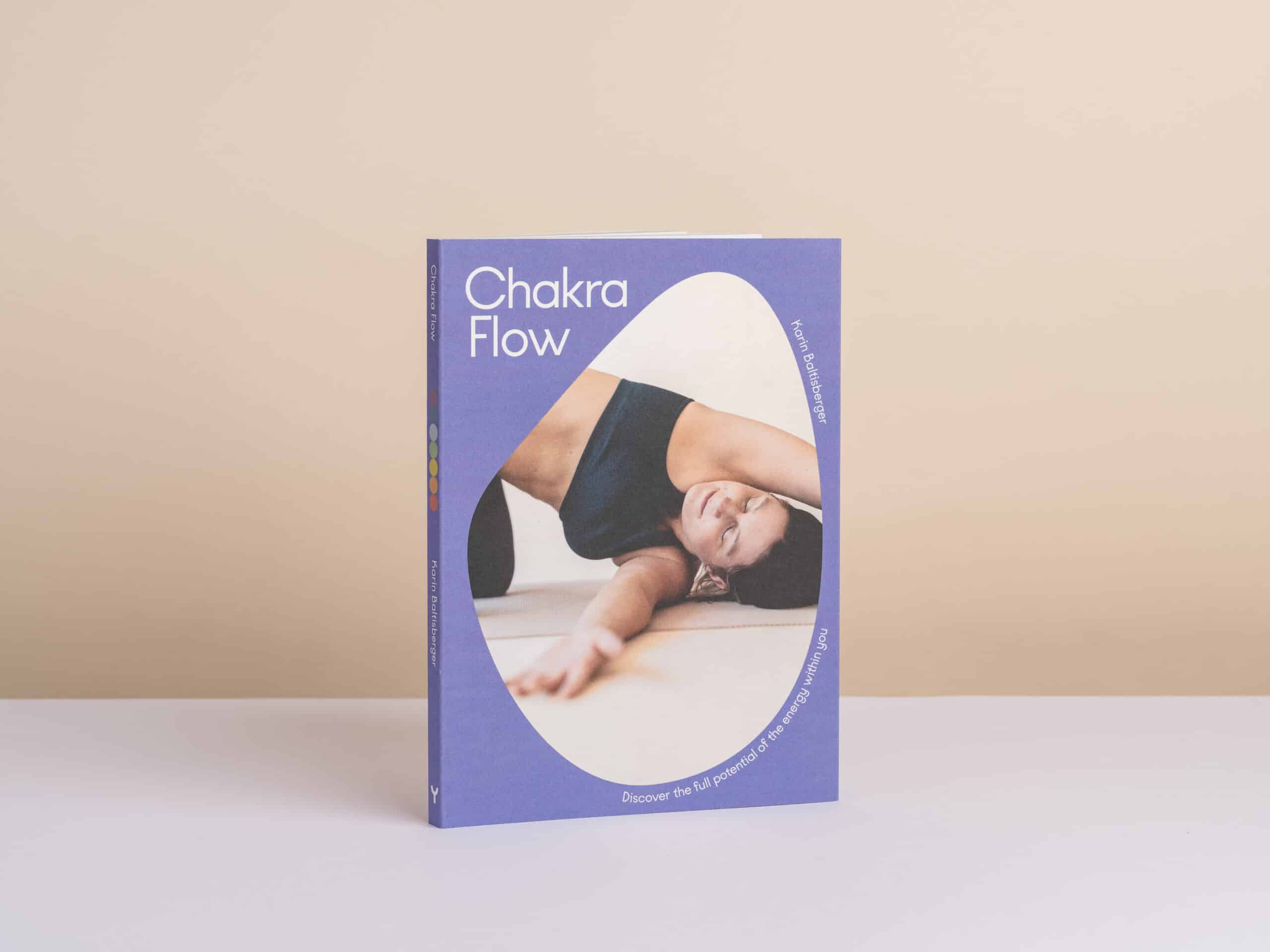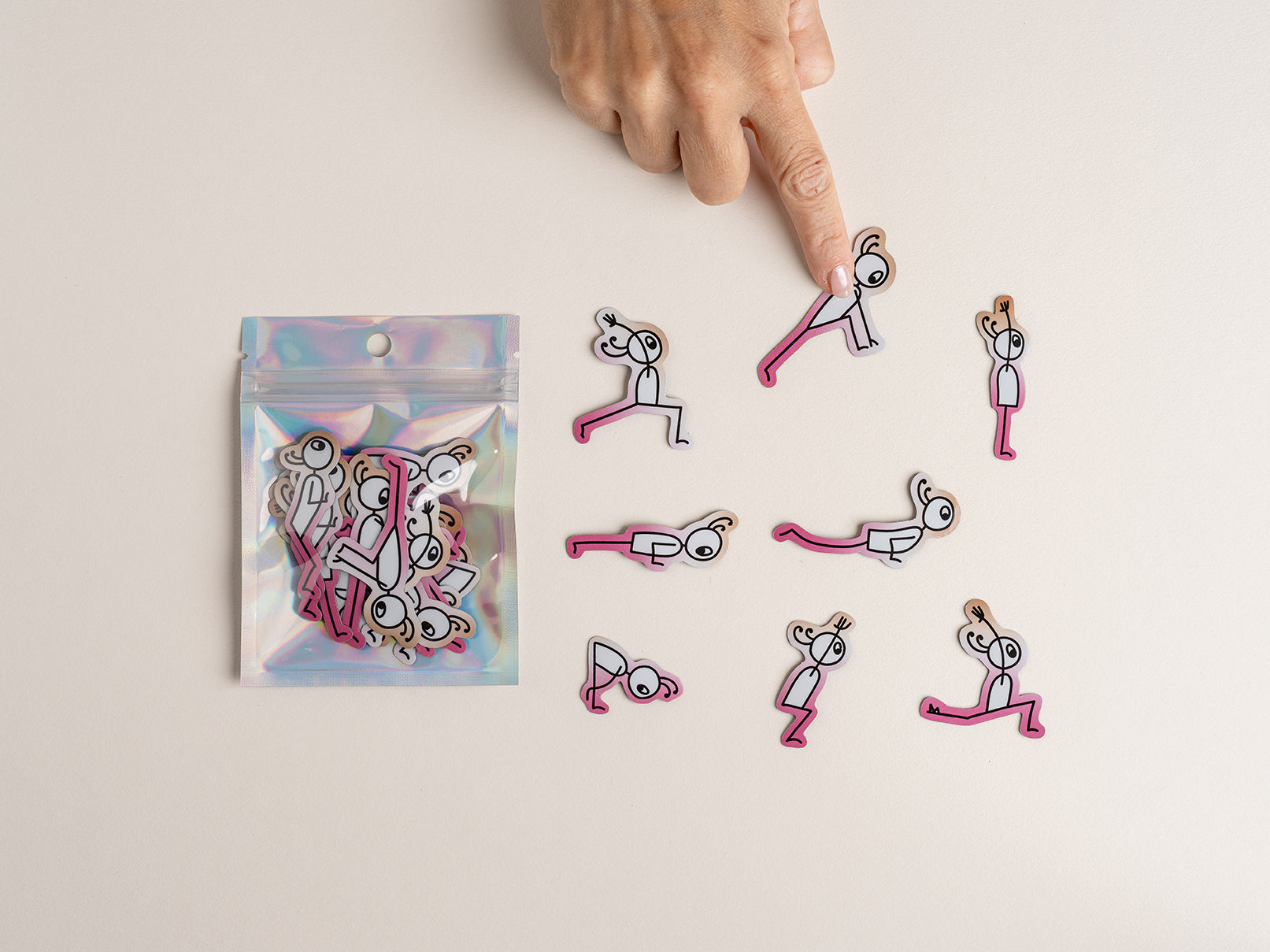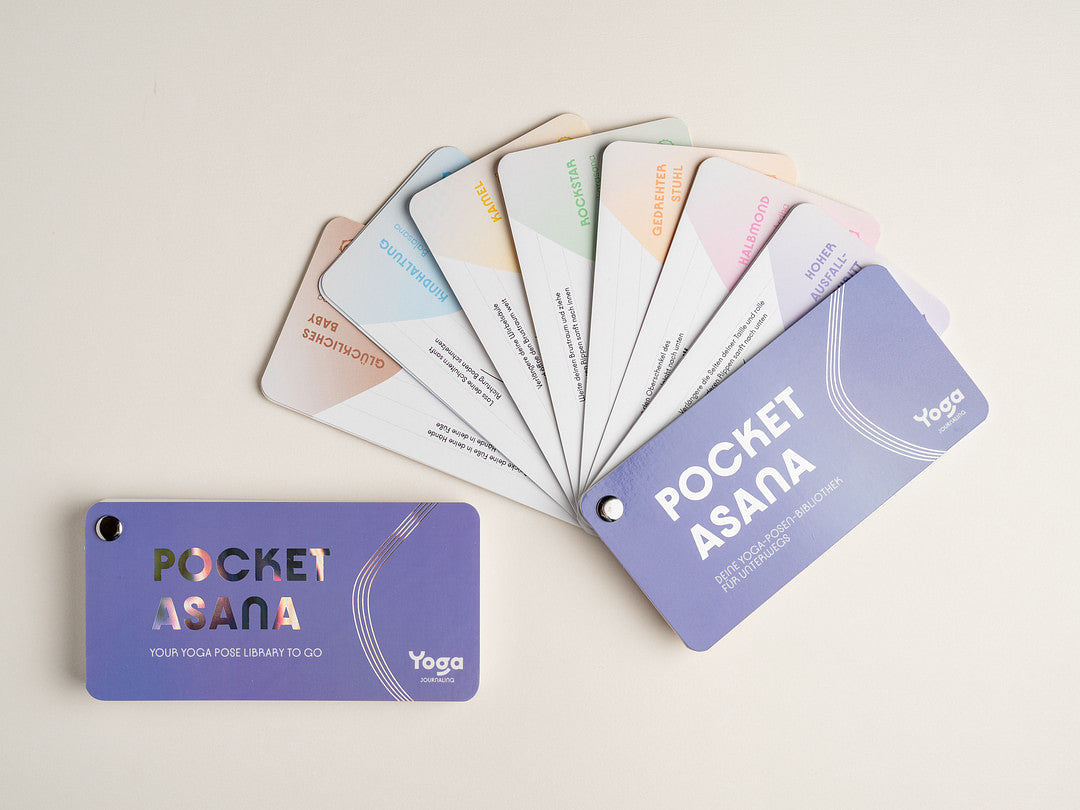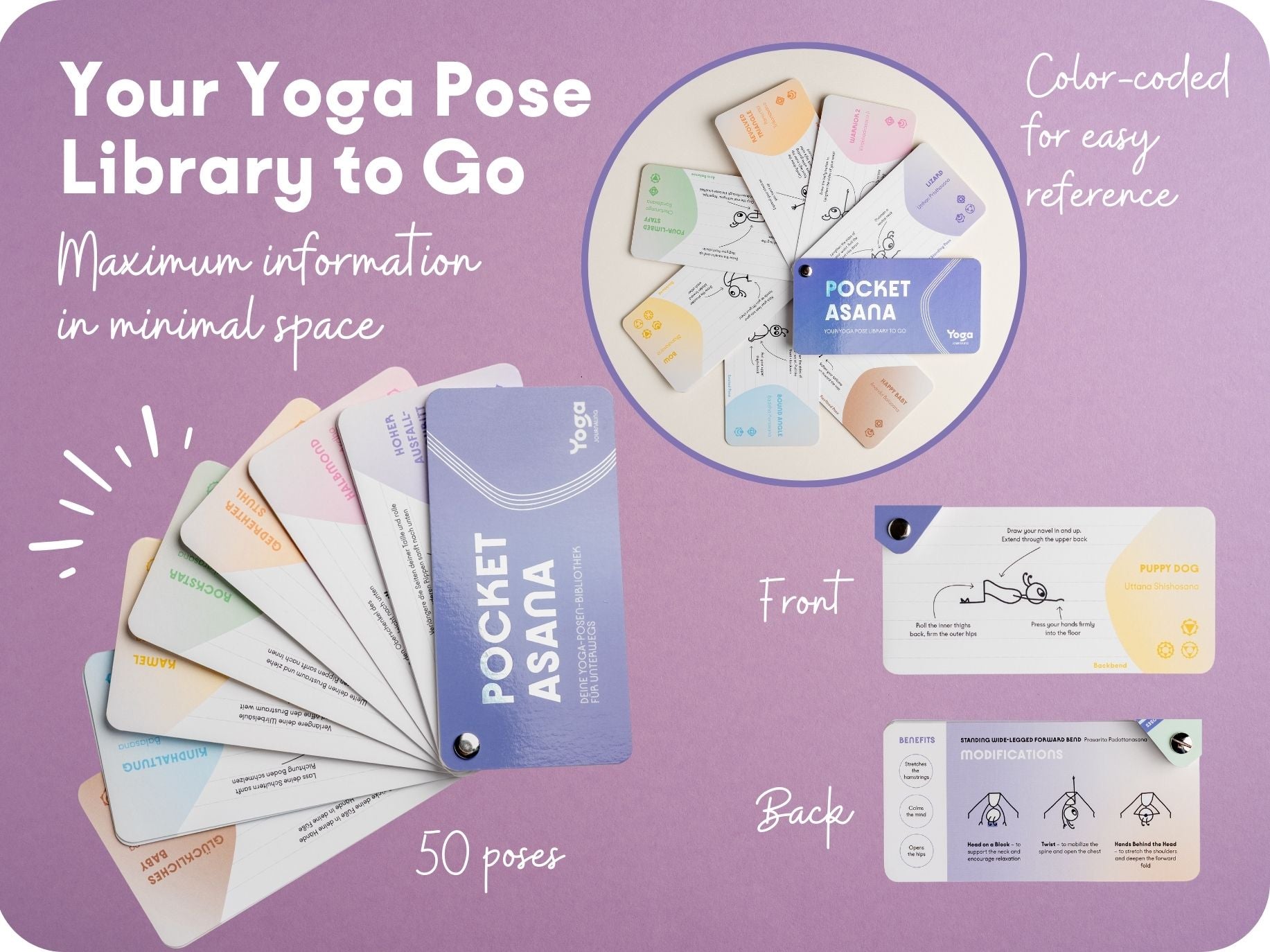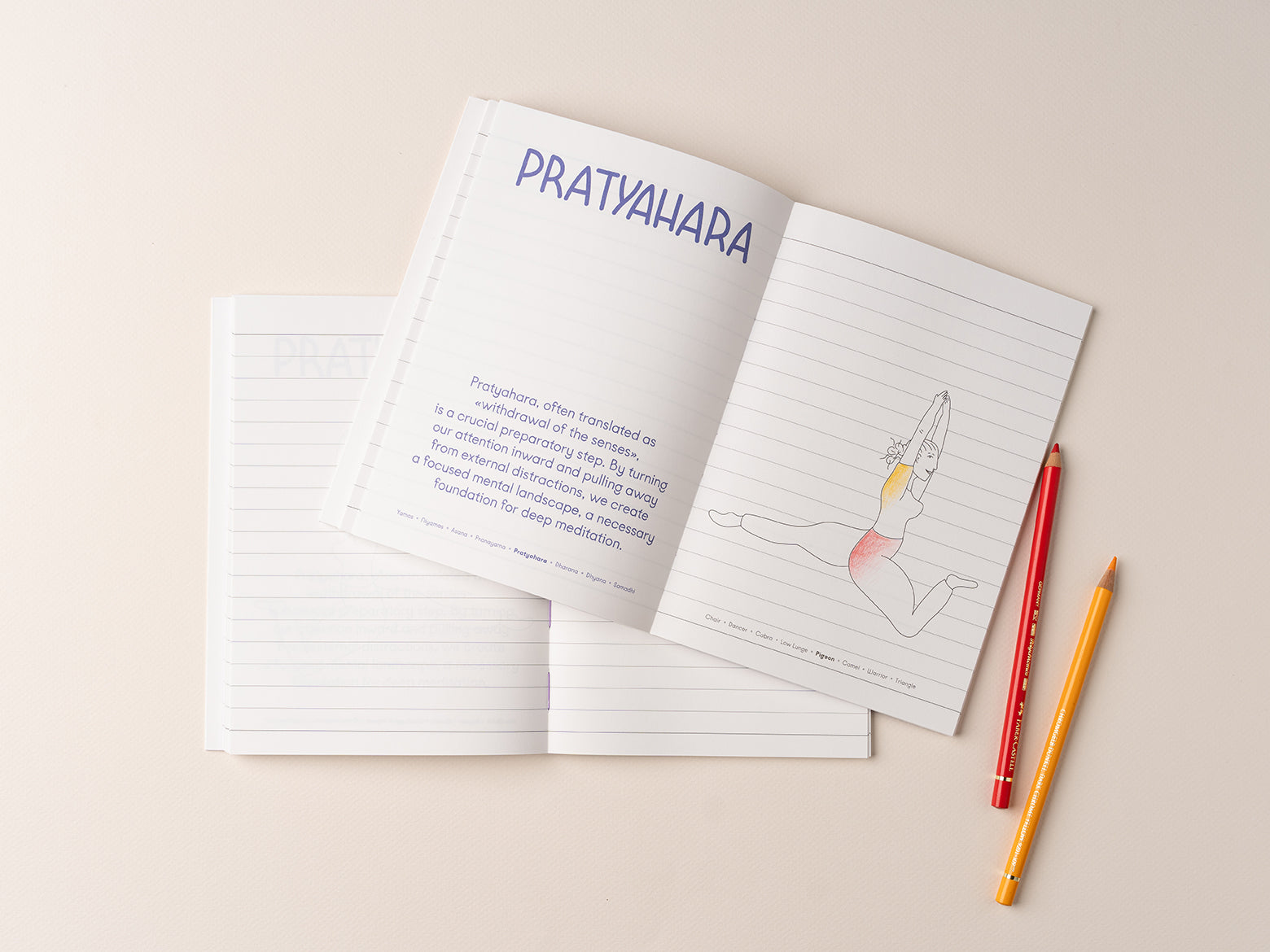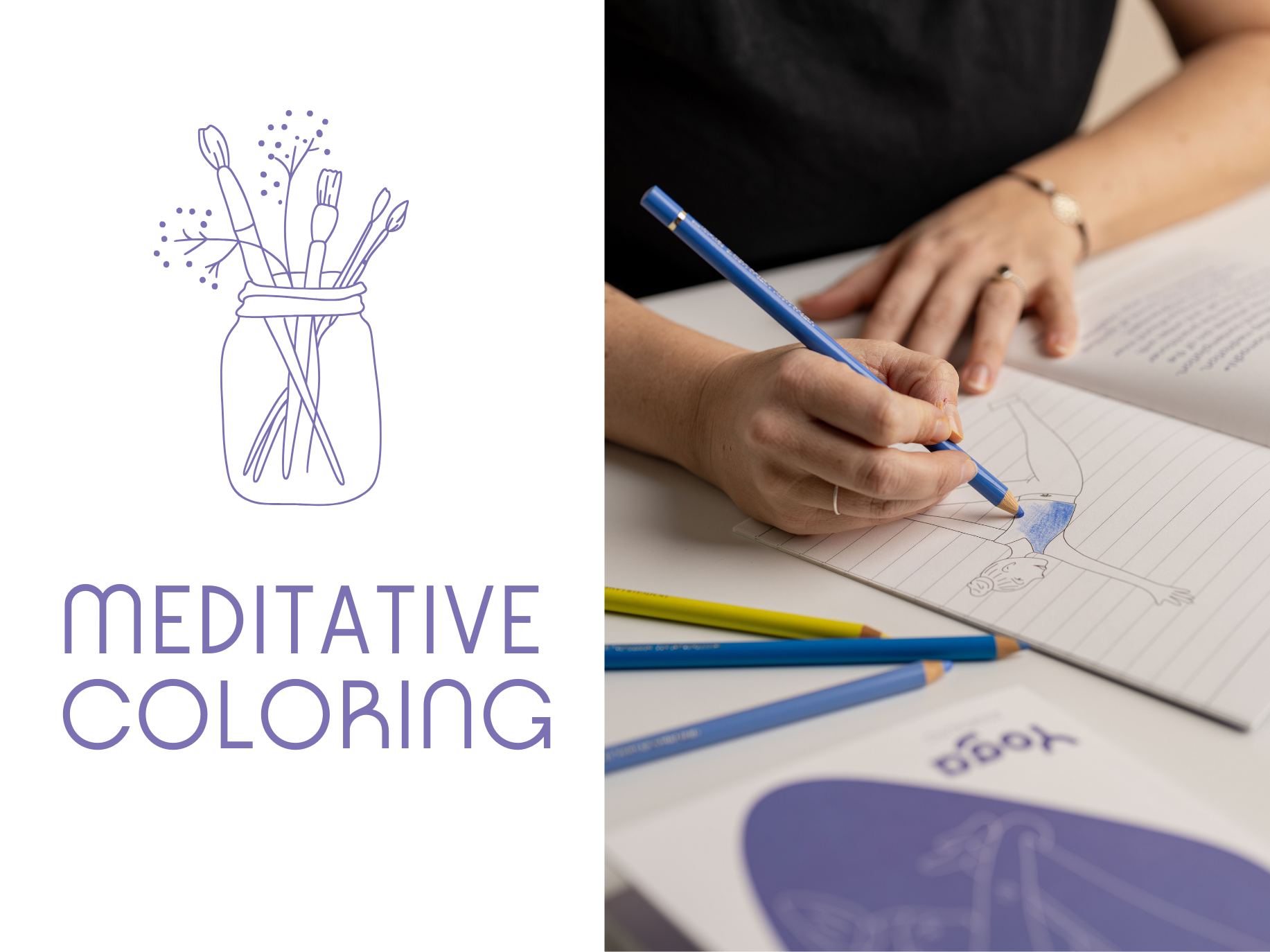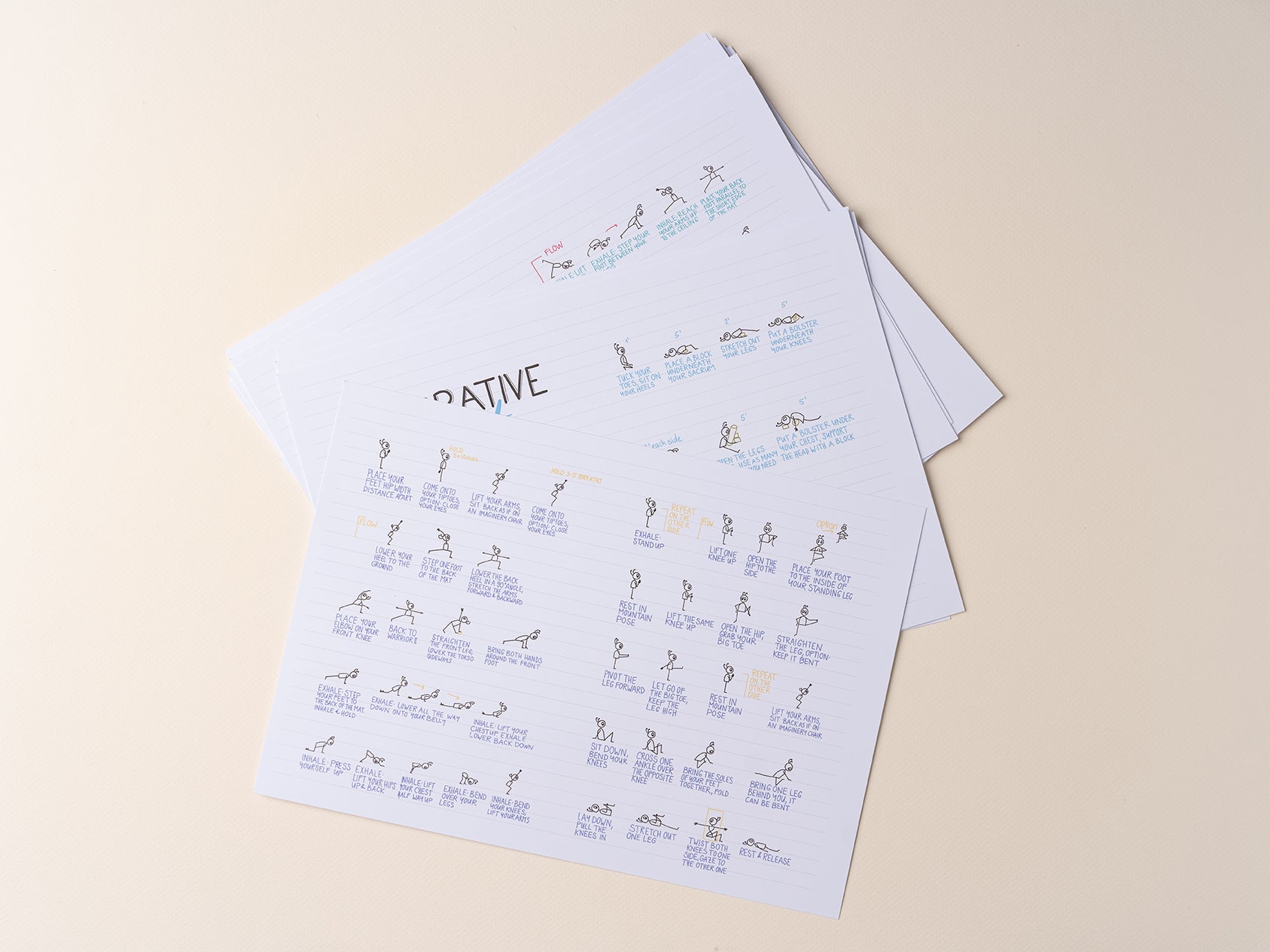When the student is ready, the teacher will appear.
Yoga Teacher Space
Level up your teaching
Welcome to the Yoga Teacher Space. Here you will find inspiration, ideas and products to take your yoga classes to the next level. Browse through and let yourself be inspired.
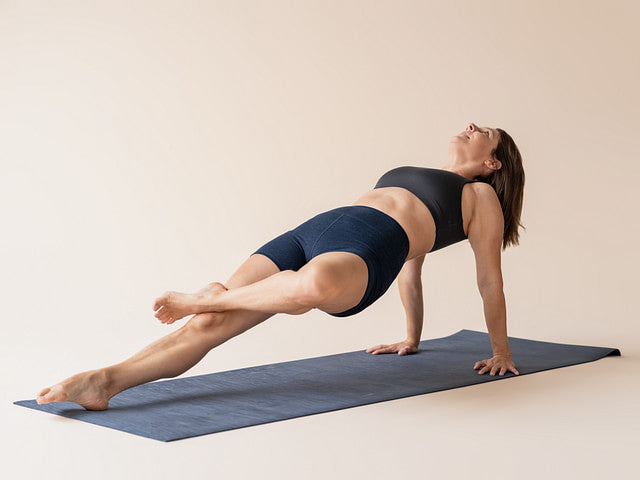
What's Wrong with My Yoga Sequencing Style?
How good are your yoga sequences? Check it out with my self-assessment!
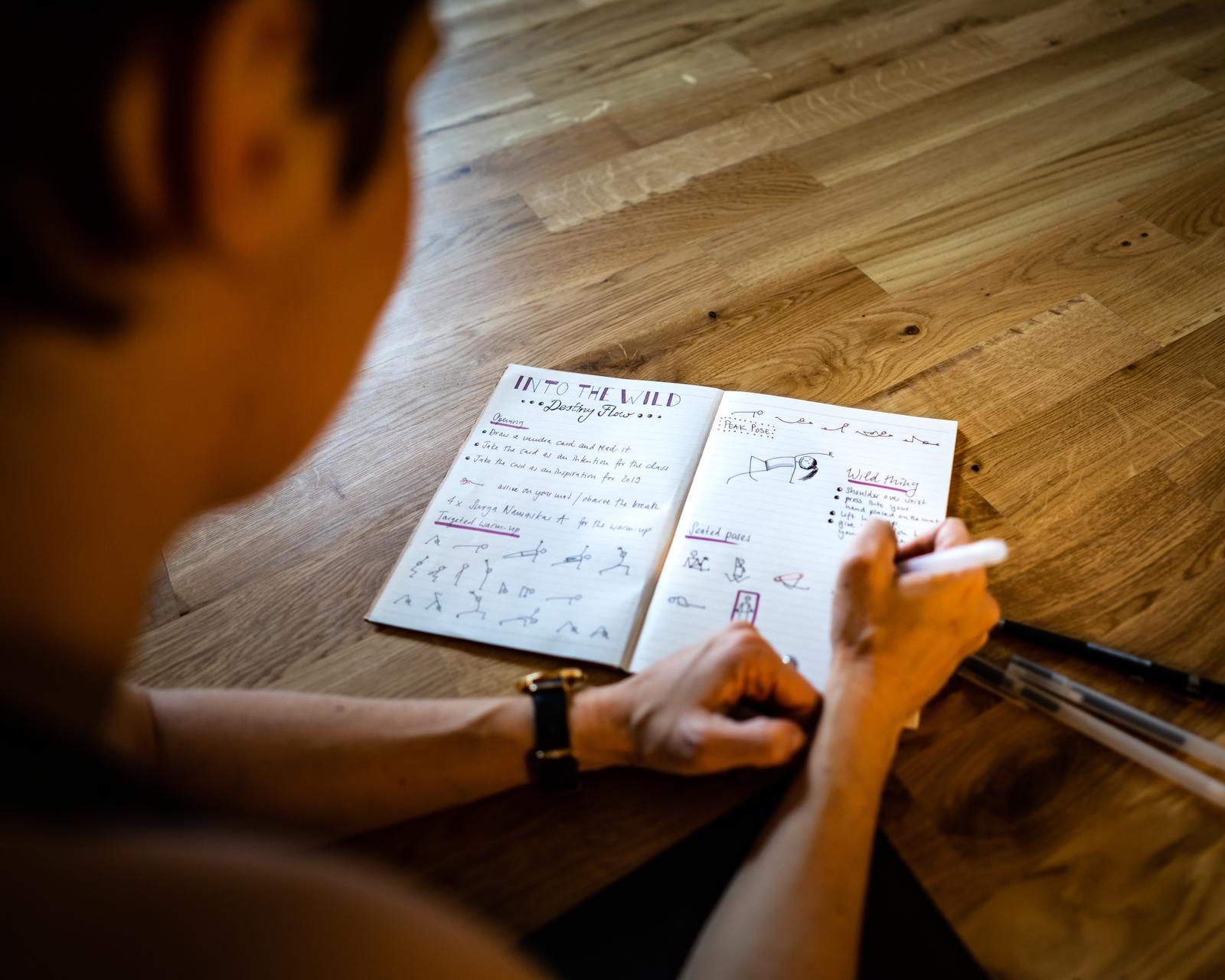
5 yoga sequencing mistakes to avoid
Yoga sequencing is an art that balances body, mind, and breath. Whether you're a teacher crafting a class or a practitioner designing your home practice, the right sequence can deepen your experien...

How to Develop and Promote Specialized Yoga Workshops
Yoga workshops are a fantastic way for teachers to dive deeper into specific aspects of the practice, attract new students, and provide unique experiences beyond regular classes. In this article, w...
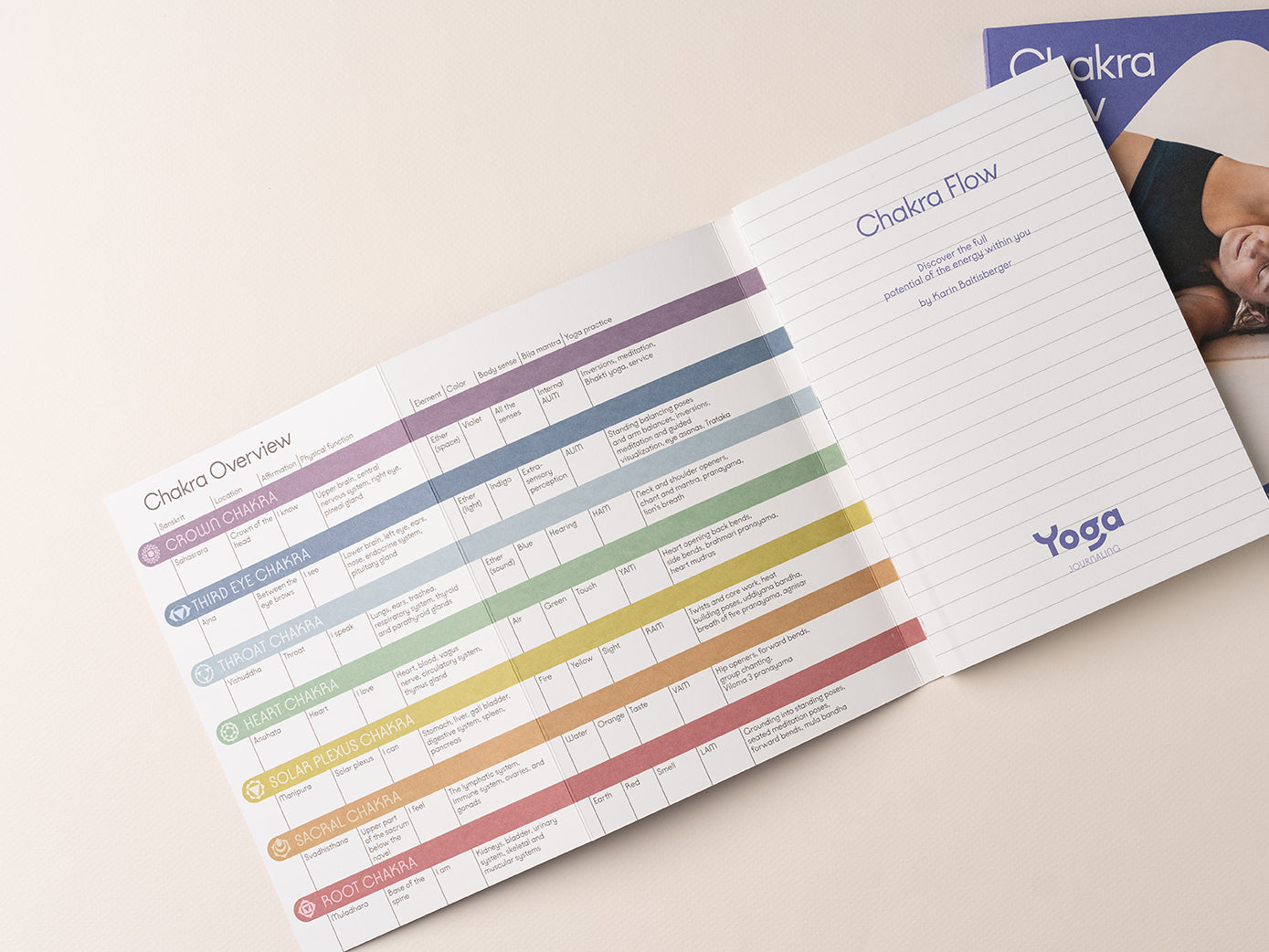
Create a Chakra-Based Yoga Sequence
Aligning Your Practice with the Energy Centers Yoga is not just a physical practice; it’s a holistic approach to well-being that encompasses the mind, body, and spirit. One of the profound aspects...
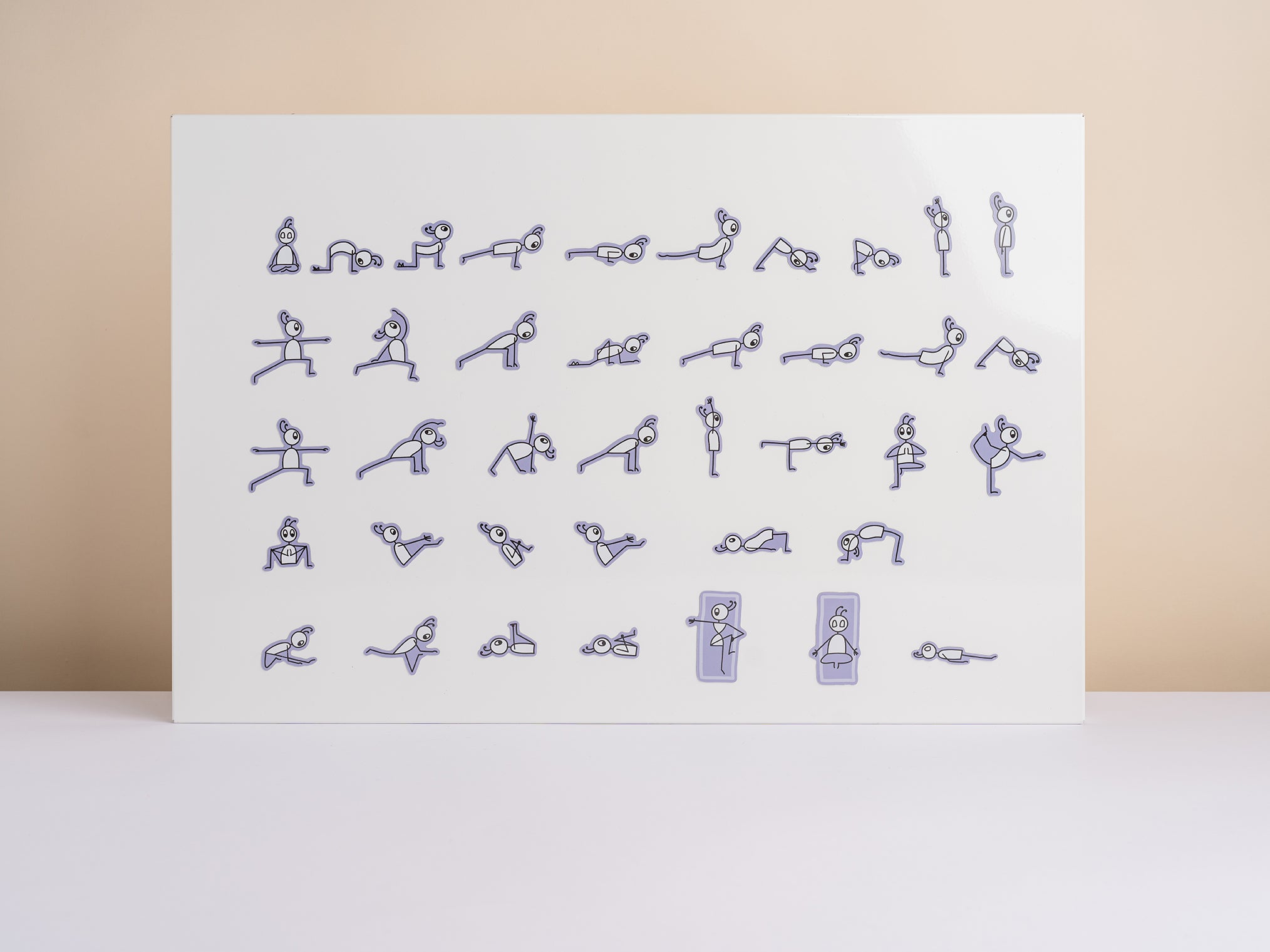
How to create a flow with stickers or magnets
Have you just bought a set of magnets or stickers and don't know where to start? You haven't bought any of the products yet and would like to find out how the method actually works? Then you've com...
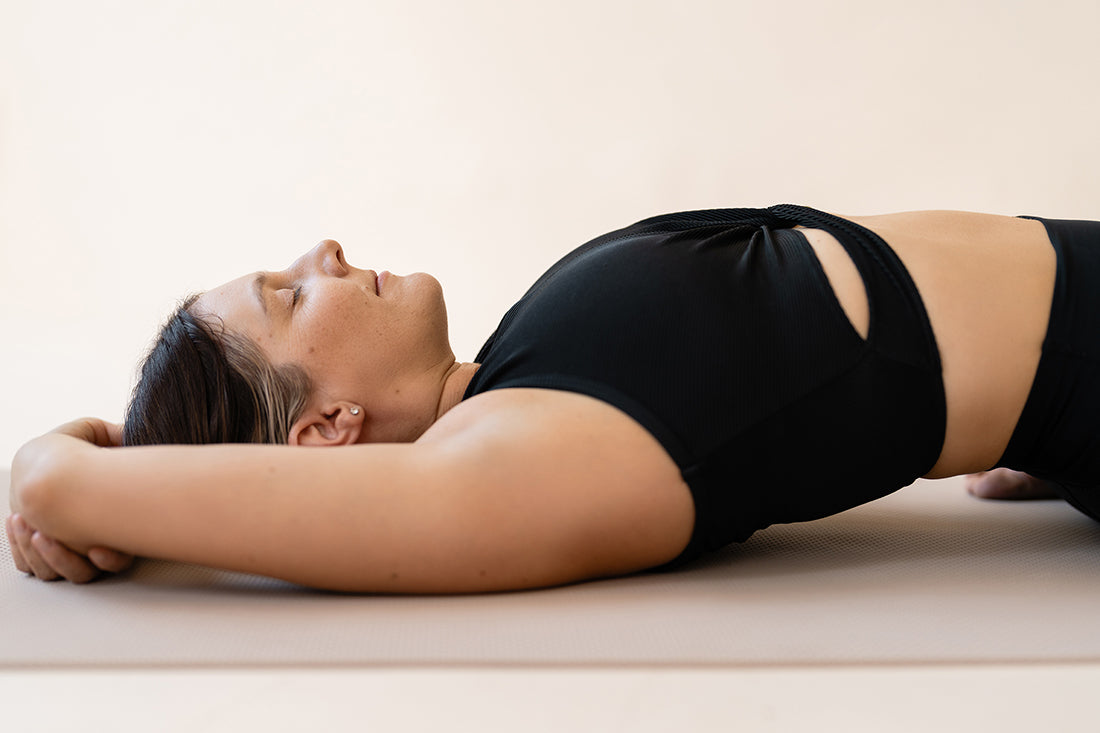
5 ways to sequence a yoga class
Yoga is a transformative practice that combines physical postures, breath control, and meditation to promote overall well-being. One of the most creative aspects of teaching or practicing yoga is ...
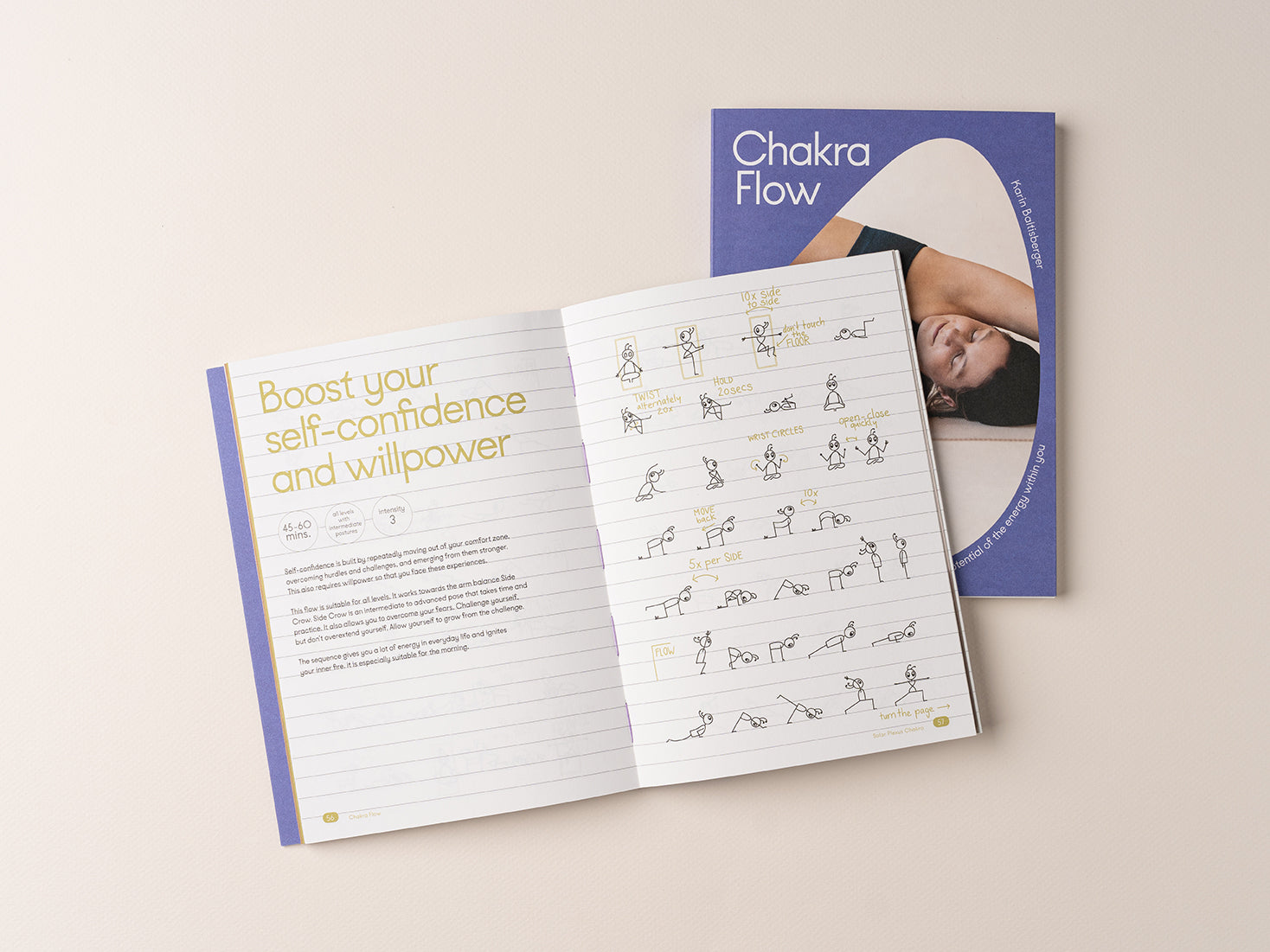
Chakra Flow
Deepen your knowledge
Chakra Flow is an understandable and practical guide to the world of the seven chakras. Expand your knowledge, balance your chakras and receive 14 new flows, drawn as stick figures. High quality and vegan production.
Learn moreMade for yoga teachers
FAQ
Frequently asked questions of yoga teachers and yoga instructors.
What is a yoga flow?
Yoga flows are intelligently coordinated sequences of yoga poses that are practiced one after the other. A well-rounded yoga flow contains a structured build-up from the opening, to the warm-up, to the heat-building, to the targeted warm-up, to the peak pose, to the cool-down and to the closing. A good yoga sequence takes into account the anatomy of the body, the simpler yoga poses come before the more complex ones. The yoga teacher also creates an atmosphere with their yoga flow by letting the students set an intention and announcing the theme for the class. This connects body, mind and spirit.
How to teach yoga?
To teach yoga effectively, begin with a solid foundation in yoga philosophy and practice. Start by crafting a well-rounded yoga sequence that encompasses various asanas (poses), pranayama (breath work), and meditation techniques. Design your sequence to flow seamlessly, considering both physical and mental aspects of well-being. As a yoga teacher, cultivate an environment of mindfulness and openness, encouraging students to explore their own bodies and limitations without judgment. Offer clear instructions and modifications to accommodate different levels of experience and flexibility. Lastly, lead by example, embodying the principles of yoga on and off the mat. Through dedication, patience, and continuous learning, you can inspire and guide others on their yoga journey.
How to create a yoga sequence?
To create an effective yoga sequence, begin by establishing a theme or focus for your practice, such as hip opening, backbends, or balance. Start with a gentle warm-up to prepare the body and mind for movement, incorporating breath work to center and ground your students. As a yoga teacher, consider the level and needs of your students when selecting poses, offering modifications and variations as necessary. Build your sequence with a logical progression, moving from simpler poses to more challenging ones, while maintaining a sense of flow and continuity. Integrate mindful transitions between poses to encourage smooth movement and connection with the breath. Finally, conclude the sequence with a period of relaxation or meditation to help students integrate the benefits of their practice. With creativity, intuition, and attention to detail, you can craft a yoga sequence that inspires and uplifts your students.
Best sequencing tools: the Asana Stickers and the Magnets
How can I deepen my understanding of yoga philosophy?
To deepen your understanding of yoga philosophy, the book Chakra Flow can serve as an invaluable resource. This book delves into the profound teachings of the chakras, exploring how these energy centers relate to various aspects of our physical, mental, and spiritual well-being. Through its insightful explanations and practical exercises, Chakra Flow offers a comprehensive framework for integrating yoga philosophy into your practice and teaching. By studying the concepts presented in this book and reflecting on how they resonate with your own experiences, you can enrich your understanding of yoga philosophy and its profound implications for personal growth and transformation.
What are some effective methods for cueing and guiding students through poses?
Effective cueing and guidance are essential for helping students navigate through yoga poses with awareness and alignment. Here are some methods to enhance your teaching:
- Clear and concise language: Use simple and precise language to describe each movement and alignment cue, avoiding overly technical terms that might confuse students.
- Demonstration: Show the pose yourself before asking students to try it, providing a visual reference for proper alignment and execution.
- Hands-on adjustments: Offer gentle, respectful adjustments to help students find proper alignment and deepen their practice. Always ask for consent before touching students.
- Verbal cues: Use verbal cues to guide students through each step of the pose, focusing on alignment, breath, and mindful movement.
- Visualization: Encourage students to visualize themselves in the pose, imagining the sensations and alignment cues you provide.
- Progressive cues: Break down complex poses into smaller, manageable steps, gradually building up to the full expression of the pose.
- Breath awareness: Emphasize the importance of synchronizing movement with breath, cueing students to inhale and exhale at key moments throughout the pose.
To enhance your class preparation and delivery, consider using Asana Stickers, Sequencing Magnets, and Stick Figure Magnets. These visual aids can be invaluable tools for creating clear and engaging sequences, organizing your class plan, and visually demonstrating pose variations and modifications. By incorporating these resources into your teaching toolkit, you can provide students with a more immersive and accessible learning experience, fostering deeper understanding and connection with the practice of yoga.
How do I create a balanced and engaging yoga sequence?
Creating balanced and engaging yoga sequences requires careful consideration of various factors to cater to the needs of your students and maintain their interest. Here's how as a yoga teacher, you can achieve this:
- Set clear intentions: Begin by defining the purpose and focus of your sequence. Whether it's building strength, increasing flexibility, or cultivating mindfulness, having a clear intention will guide your sequence creation process.
- Consider the level of your students: Tailor your sequence to suit the level of your students, offering modifications and variations to accommodate different abilities. A balanced sequence should challenge students appropriately while still being accessible.
- Include a variety of poses: Incorporate a diverse range of yoga poses that target different muscle groups and movement patterns. Include standing poses, forward bends, backbends, twists, balances, and inversions to create a well-rounded practice.
- Focus on transitions: Pay attention to the transitions between poses, ensuring they flow seamlessly and maintain the rhythm of the practice. Smooth transitions help to keep students engaged and prevent disruptions in the flow of energy.
- Create a logical progression: Arrange the poses in a logical sequence, building upon each other to gradually prepare the body for more challenging postures. Begin with a gentle warm-up, progress to peak poses, and end with a cooldown to bring the practice full circle.
- Incorporate breath work: Integrate pranayama techniques throughout the sequence to deepen the connection between breath and movement. Encourage students to synchronize their breath with each pose, fostering a sense of mindfulness and presence.
- Offer opportunities for exploration: Allow space for students to explore variations and modifications of poses, empowering them to listen to their bodies and make choices that serve their individual needs.
By following these guidelines and infusing your creativity and intuition, you can create yoga sequences that are not only physically balanced but also mentally and emotionally engaging for your students.
What are the best ways to continue my education and professional development as a yoga teacher?
Continuing education and professional development are crucial for yoga teachers to deepen their knowledge, refine their skills, and stay inspired in their practice. Here are some of the best ways to do so:
- Attend workshops and trainings: Participate in workshops and specialized trainings led by experienced yoga teachers or experts in specific areas such as anatomy, philosophy, or teaching methodologies. These immersive experiences offer valuable insights and practical techniques to enhance your teaching.
- Enroll in advanced teacher trainings: Consider pursuing advanced teacher training programs to further expand your expertise and credentials. These comprehensive courses delve into advanced topics and teaching methodologies, providing an in-depth exploration of various aspects of yoga.
- Take online courses: Explore online platforms offering courses and classes on a wide range of yoga-related topics, from sequencing and alignment to meditation and Ayurveda. Online learning provides flexibility and convenience, allowing you to study at your own pace from anywhere in the world.
- Join professional organizations: Become a member of professional yoga organizations and associations that offer resources, networking opportunities, and continuing education programs for yoga teachers. Engaging with a community of like-minded peers can provide support and inspiration on your journey.
- Attend conferences and retreats: Attend yoga conferences and retreats to immerse yourself in a supportive community of fellow practitioners and teachers. These events often feature workshops, classes, lectures, and networking opportunities to deepen your knowledge and rejuvenate your spirit.
- Read books and research: Explore a wide range of yoga literature, including books, articles, and research papers, to deepen your understanding of yoga philosophy, anatomy, history, and teaching methodologies. Stay curious and open-minded, continuously seeking new perspectives and insights.
When it comes to creating yoga sequences, the Yoga Teacher Bundle can be a valuable resource. This bundle typically includes a variety of tools such as books, manuals, online courses, and instructional materials specifically designed to support yoga teachers in crafting effective and engaging sequences. By investing in the Yoga Teacher Bundle, you can access a wealth of resources to inspire your creativity, refine your sequencing skills, and elevate the quality of your teaching.
How can I overcome fear and self-doubt when teaching?
Basically, self-doubt is completely normal and can sometimes be intimidating, especially when you're starting something new. Learn to accept that these feelings are there and that they basically want to protect you. I also call this: befriend your fears.
If your self-doubts are preventing you from living your dreams, then they are over-protective. Write down all your doubts in your journal. Then write down an empowering belief for each doubting thought. Reasons why you are a good yoga teacher and can take your students further.
Self-doubt can then suddenly become your superpower. One reason can be why you are a great yoga teacher, because you are sensitive and because you face your fears (just as an example).
The last tip I can give you is: just do it and allow yourself to fail. That's my biggest recipe for success in my life. I have done things so often without having a detailed plan. I led my first team at the age of 23, took on a C-level management position at 31, founded my own yoga studio at 35 and started my own yoga company at 39. I was and probably still am not sufficiently qualified or equipped for any of these tasks. But I learned so much in such a short time because I simply had to. There was no plan B.
I probably made a lot of mistakes, but I never considered my mistakes as such, I took them as learnings.
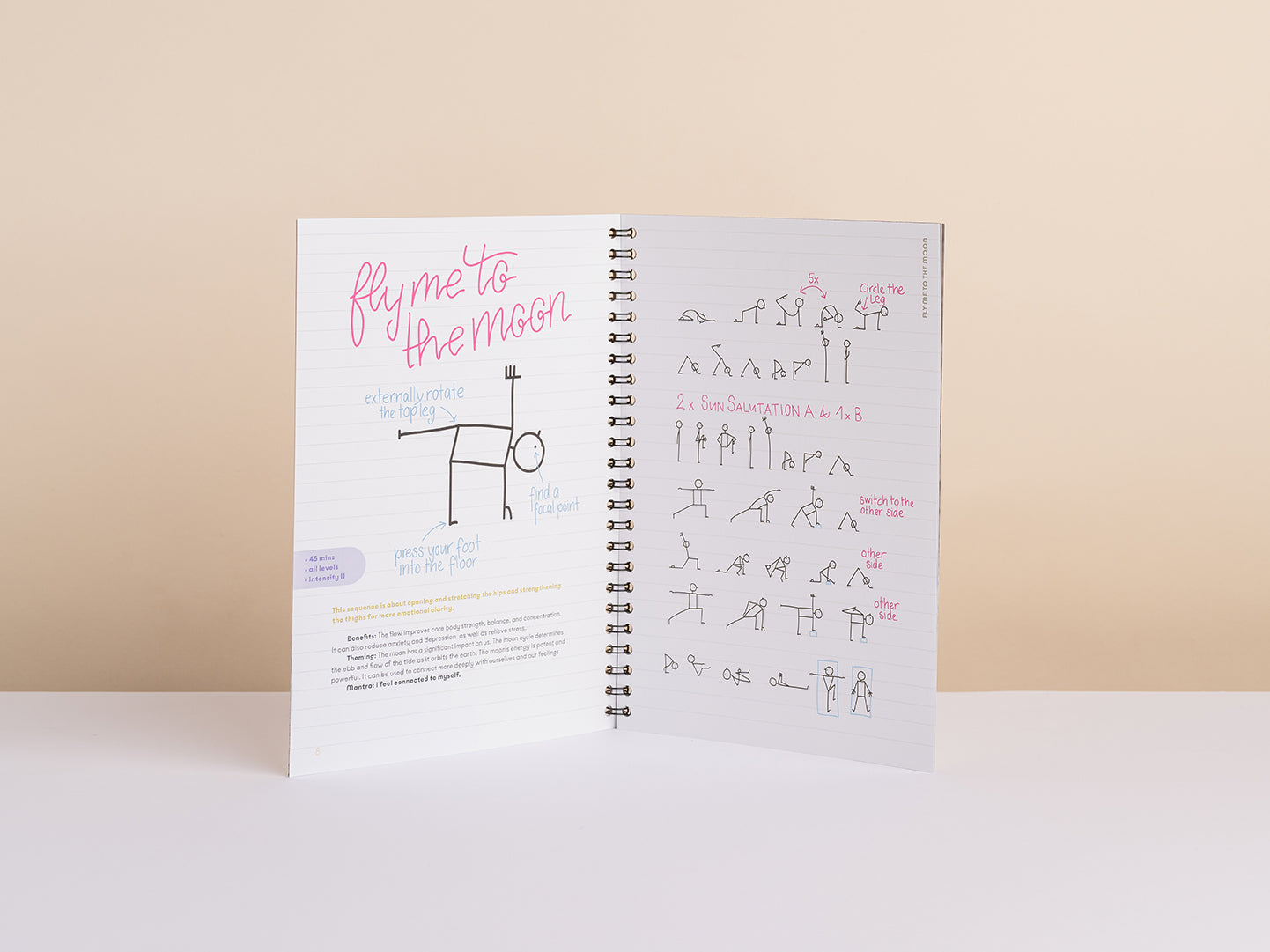
Get inspired for your yoga classes
The Stick Figure Booklet contains 10 different yoga flows that you can use to prepare your yoga classes. Let yourself be inspired. Use parts or whole flows for your own classes. Get additional inspiration for the theming and context of your class. The booklet is small and light and can be taken anywhere.
Read more
